The Ecological Puzzle of Edge Effects: Where Boundaries Breed Biodiversity Anomalies
Ecologists have long been fascinated by the strange things that happen at the edges. Not the margins of pages, but the boundaries where forests meet grasslands, where wetlands transition to uplands, or where coral reefs drop off into the deep blue. These ecological border zones exhibit phenomena that defy expectations - species appear where they shouldn't, populations boom unexpectedly, and entire food webs reorganize themselves in peculiar ways. This is the realm of edge effects, one of nature's most persistent and puzzling contradictions.
Walk through any forest edge on a summer morning and you'll immediately sense something different. The air hums with more insect activity than deep in the woods, birds dart about in greater numbers, and plant species from both ecosystems mingle in unexpected combinations. This heightened activity isn't just perception - decades of research confirm that ecological edges often support greater biodiversity than either adjacent habitat. Yet this apparent richness comes with hidden costs and complex trade-offs that scientists are only beginning to understand.
The Paradox of Increased Diversity
At first glance, edge effects seem to offer the best of both worlds. The ecotone between a forest and meadow might contain woodland species, grassland species, and unique edge specialists not found in either habitat. This phenomenon, called the edge effect, was first formally described by biologist Aldo Leopold in 1933, though indigenous cultures worldwide have recognized the special nature of these boundary zones for millennia. The conventional wisdom suggests these areas allow species to access resources from both habitats while enjoying unique microclimates.
But the reality proves far more nuanced. Recent studies using advanced tracking technologies reveal that many species venture into edges only briefly, like shoppers browsing a mall without settling down. The apparent diversity often represents transient visitors rather than stable populations. Some organisms exploit edge resources temporarily during specific life stages - butterflies nectaring at meadow edges while their caterpillars require deep forest plants, or birds nesting at woodland edges but foraging widely across both habitats.
Microclimates Create Mosaics
The physical conditions at habitat edges create an entirely new set of environmental parameters. Light penetration, wind patterns, humidity levels, and temperature fluctuations all differ markedly from adjacent habitats. These microclimatic conditions allow certain species to thrive while excluding others. In tropical rainforest edges, the increased sunlight supports fast-growing pioneer plants that can't survive in the dark understory, while some shade-adapted species retreat inward, creating bands of vegetation that don't correspond to simple maps.
These microclimate effects ripple through entire ecosystems. In a fascinating study of Alaskan boreal forests, researchers found that snow persists longer at forest edges due to wind patterns, creating a delayed spring environment that favors certain Arctic species at surprisingly southern latitudes. Similarly, the dappled light at woodland edges allows temperate orchids to flourish where neither full sun nor deep shade would suit them. Such microclimate pockets become evolutionary laboratories where unusual species combinations persist.
Hidden Costs of Edge Living
The ecological party at habitat edges often comes with a steep price. Many species experience higher mortality rates in edge zones despite the apparent abundance. Nesting birds suffer more predation as edge habitats provide easier access for raccoons, snakes, and other nest raiders. Some tree species grow faster at forest edges but die younger, victims of windthrow or insect outbreaks that target edge individuals. The very factors that create edge diversity - the mixing of species and resources - also facilitate the spread of diseases and invasive species.
Perhaps most surprisingly, some species that appear to thrive at edges actually represent populations in slow decline. Ecologists have documented "ecological traps" where butterflies preferentially lay eggs on edge plants that appear suitable but can't support full development, or where birds choose edge nesting sites with higher visibility to mates but also to predators. These maladaptive preferences may persist because edge conditions are relatively new on evolutionary timescales, leaving species unprepared for the hidden dangers.
Conservation Implications
The complex reality of edge effects forces conservationists to rethink traditional approaches. Creating habitat patches with large edge areas might boost species counts in the short term while undermining long-term viability. Many sensitive interior species require minimum distances from edges to maintain viable populations - a fact that challenges the effectiveness of narrow wildlife corridors. Some researchers now advocate for "soft edges" with gradual transitions rather than abrupt boundaries, mimicking natural ecotones that evolved over centuries.
Climate change adds another layer of complexity as shifting temperature and precipitation patterns redraw ecological boundaries worldwide. Species that once relied on stable edge conditions now find their specialized habitats disappearing or moving. Some conservation projects now intentionally create transitional zones to help species migrate across landscapes, though the long-term success remains uncertain. The very concept of edge habitats may need redefinition as ecosystems become more fluid and less bounded.
Future Frontiers in Edge Research
New technologies are revolutionizing edge effect studies. LiDAR mapping reveals previously invisible structural gradients at habitat boundaries, while environmental DNA sampling detects species presence without visual confirmation. Automated monitoring systems track microclimate changes across edges at scales impossible for human researchers. These tools are uncovering surprising dynamics - like nocturnal edge effects that differ dramatically from daytime patterns, or subsurface edge effects where root systems interact across habitat boundaries.
Perhaps the most promising development comes from integrating indigenous knowledge with Western science. Many traditional land management practices intentionally created and maintained beneficial edge habitats through controlled burning, selective harvesting, and other techniques. By studying these time-tested approaches, modern ecologists are rediscovering how human-shaped edges can sometimes enhance biodiversity without the ecological traps of natural edges. This fusion of knowledge systems may hold the key to managing edges in an increasingly fragmented world.
As research continues, one truth becomes clear: ecological edges are not simple boundaries but complex, dynamic systems in their own right. They challenge our notions of habitat classification and species distribution, offering both opportunities and threats to biodiversity. In these liminal spaces, nature reveals its capacity for both creativity and destruction, reminding us that the most interesting things often happen at the edges.

By /Jun 19, 2025

By /Jun 19, 2025
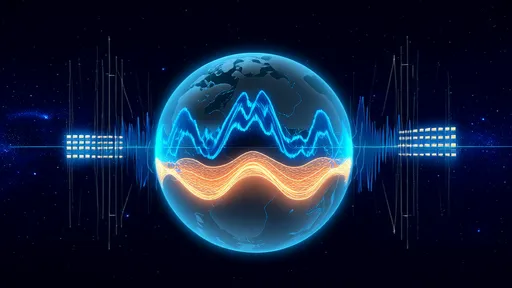
By /Jun 19, 2025

By /Jun 19, 2025

By /Jun 19, 2025

By /Jun 19, 2025
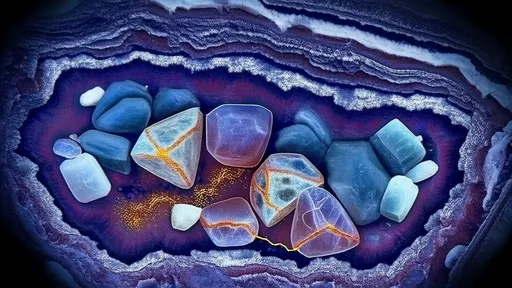
By /Jun 19, 2025

By /Jun 19, 2025
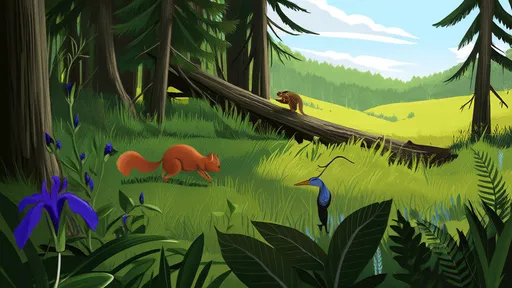
By /Jun 19, 2025

By /Jun 19, 2025
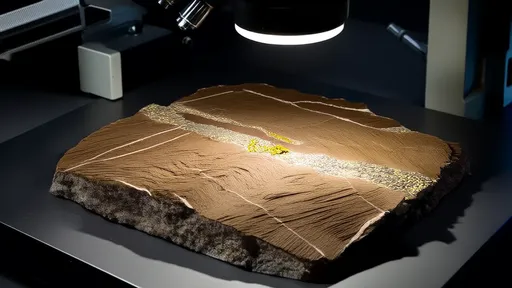
By /Jun 19, 2025

By /Jun 19, 2025

By /Jun 19, 2025

By /Jun 19, 2025

By /Jun 19, 2025
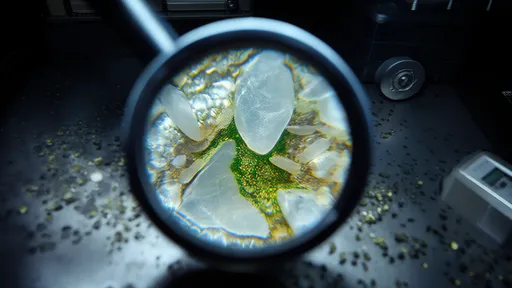
By /Jun 19, 2025

By /Jun 19, 2025